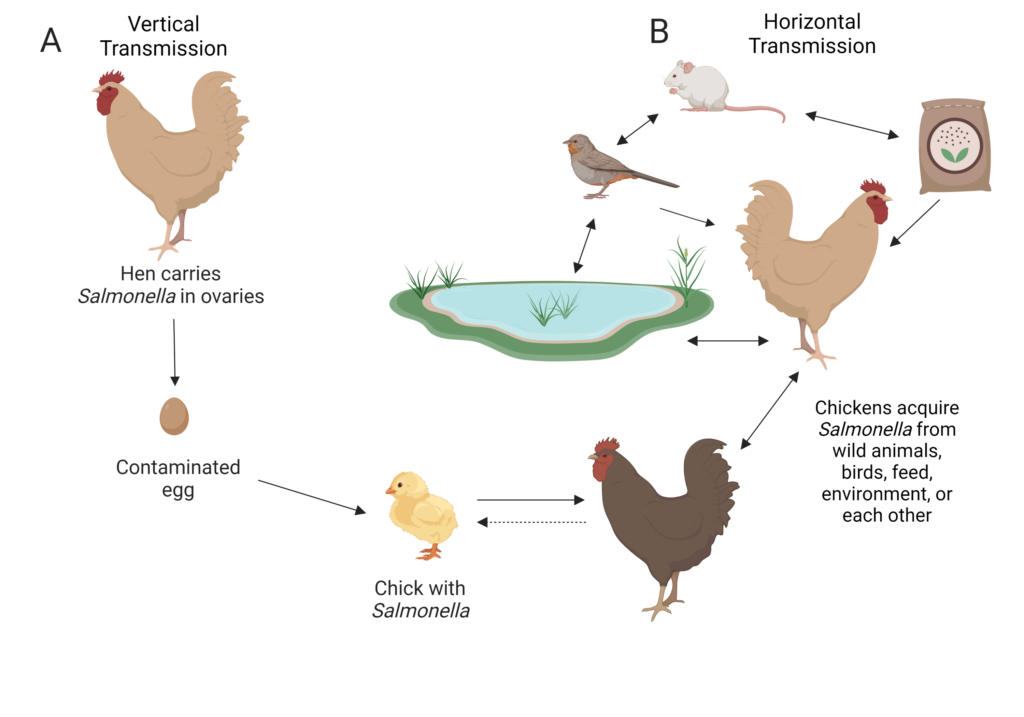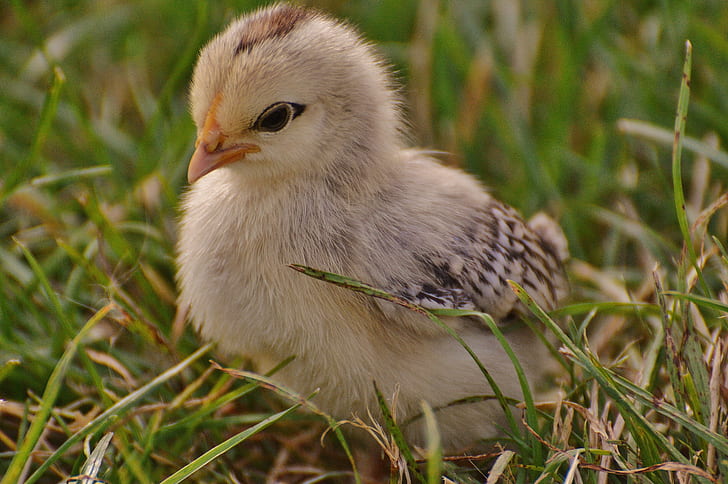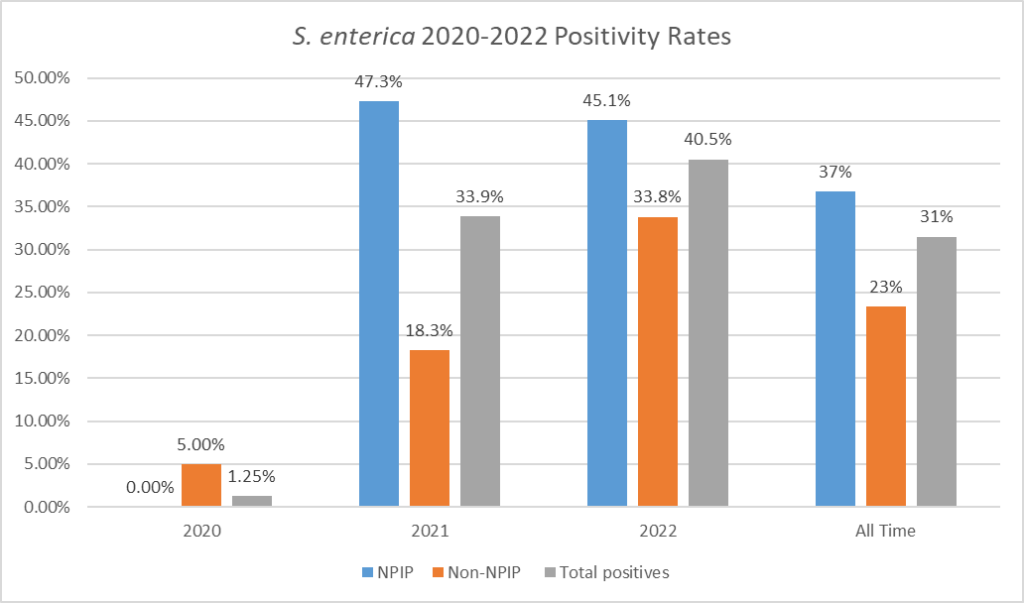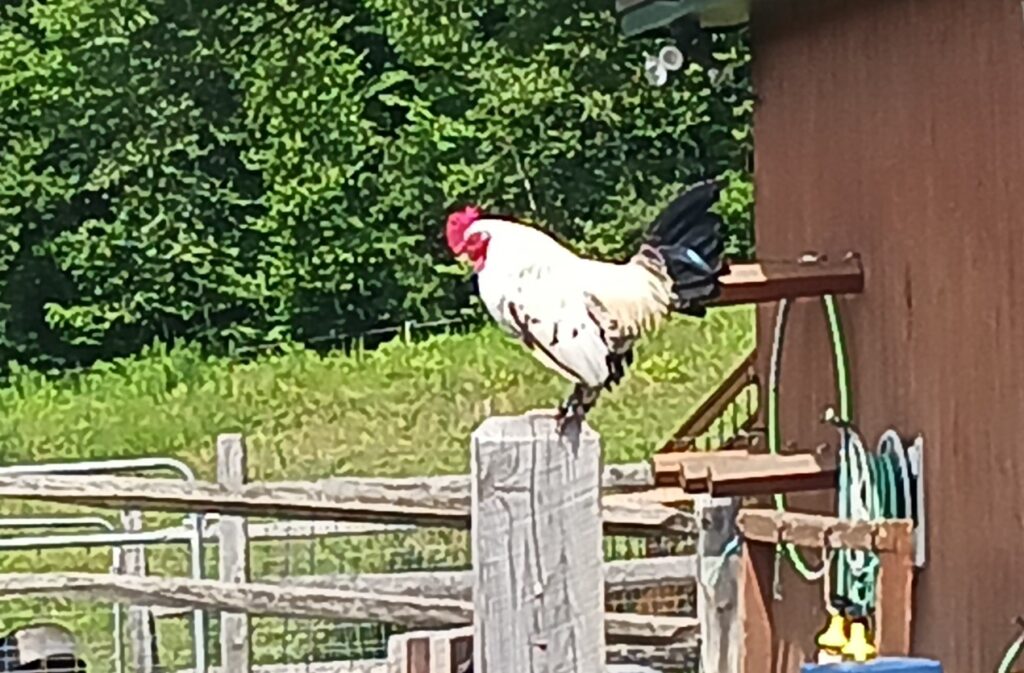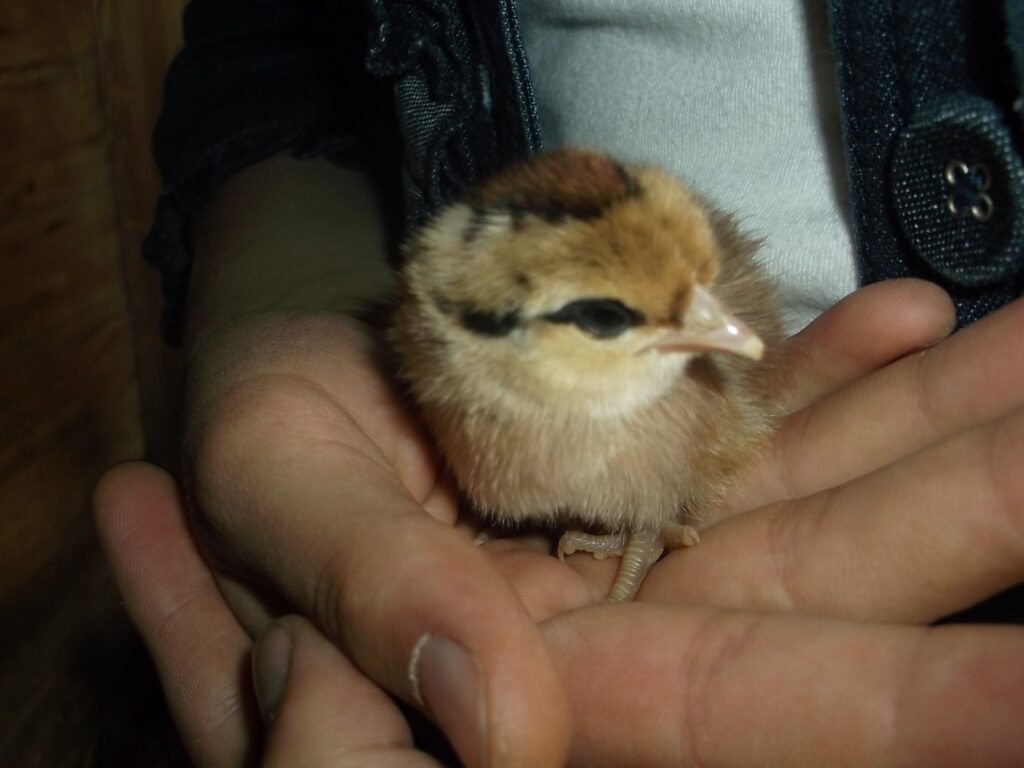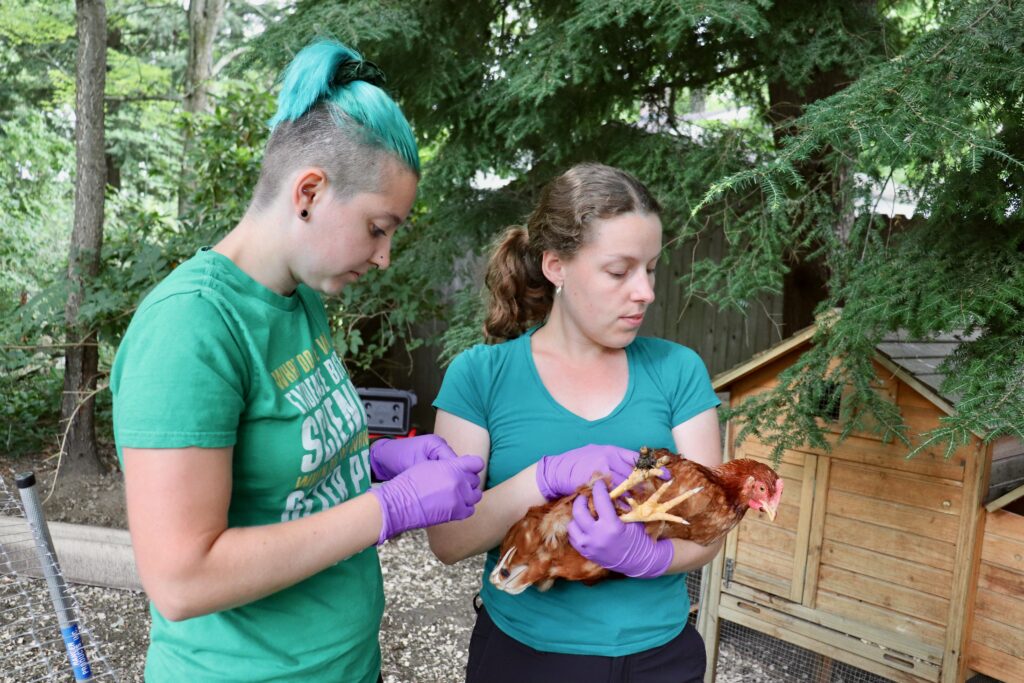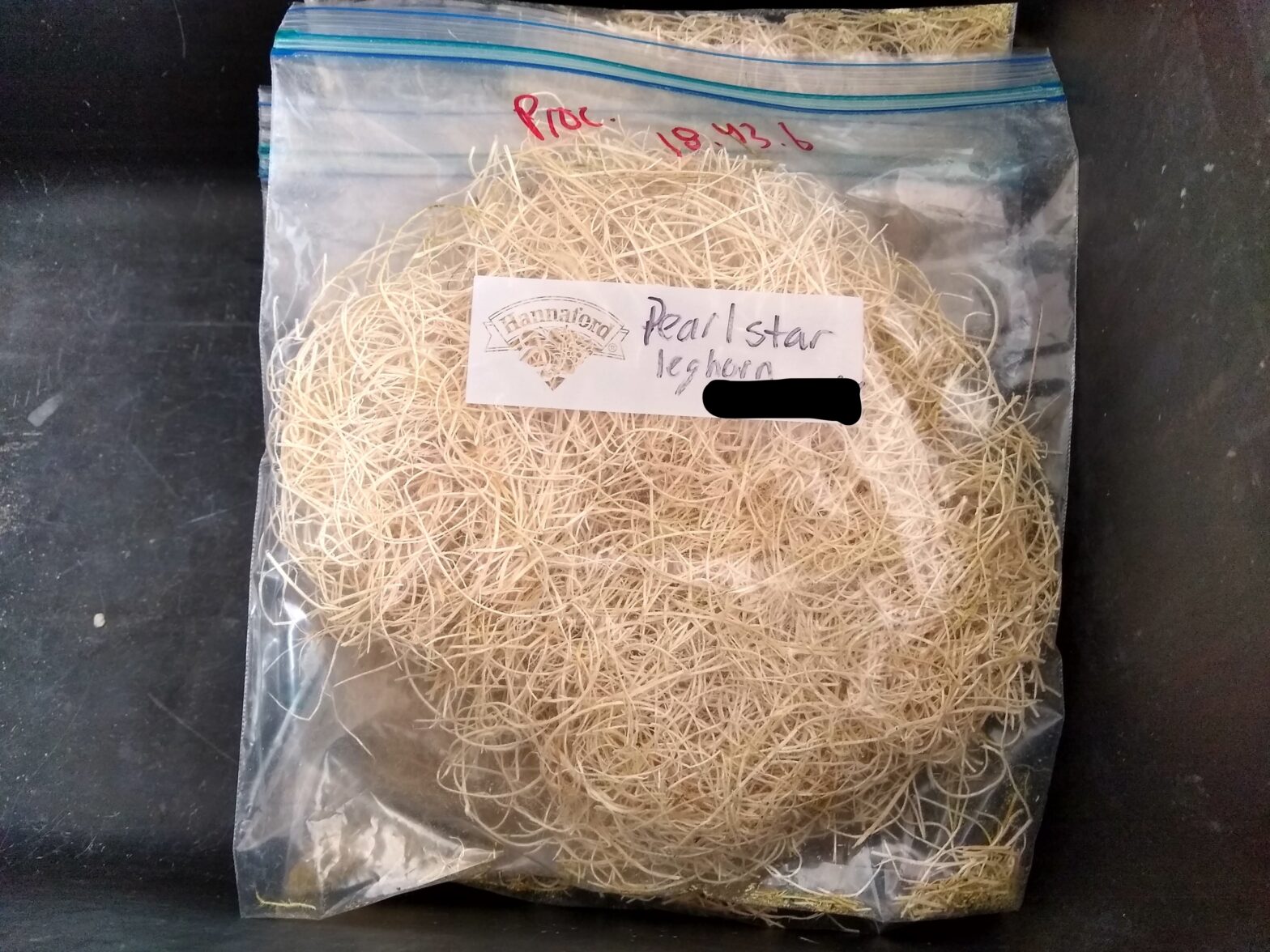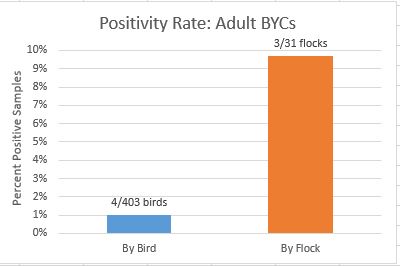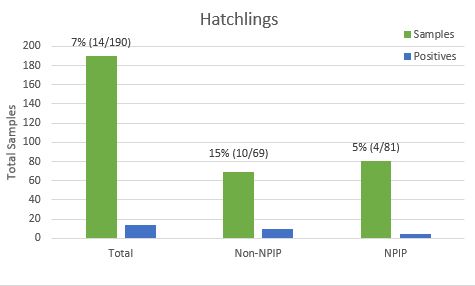Andrea Etter
I don’t think I’ve done a post on this before, so here goes… Ever wonder where chickens get Salmonella from? It turns out there are a lot of options. In our research it seems adults most likely get Salmonella from the environment, feed, wild animals/birds, or each other (yes, feed can contain Salmonella–probably from birds/mice/other animals pooping in it). Chicks, however, often arrive from hatcheries already infected, which may mean they are born infected with it (option A). Either way, it can get you sick. Fortunately, research on commercial birds indicates that many/most infected chicks clear Salmonella by adulthood.
